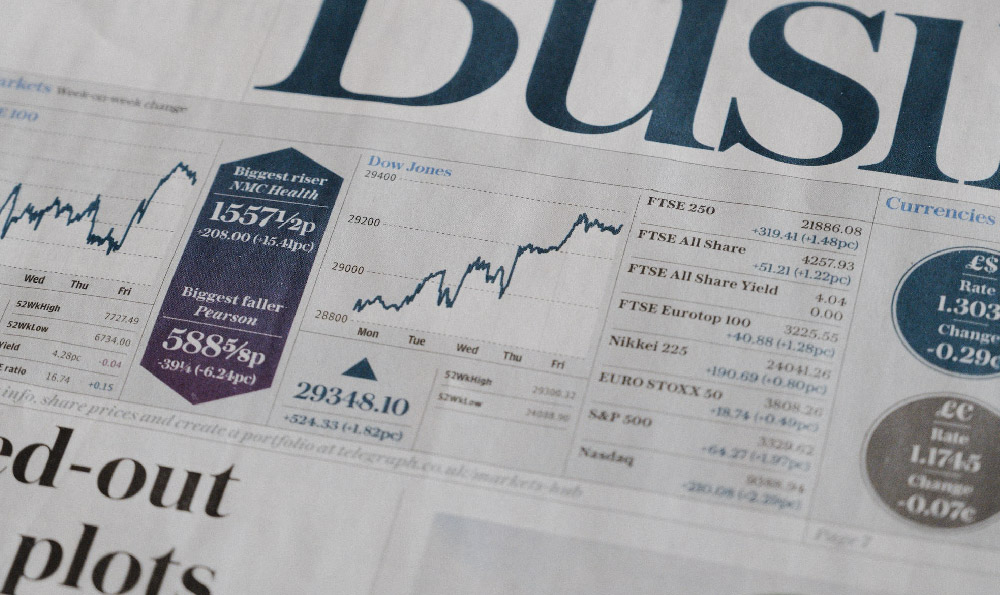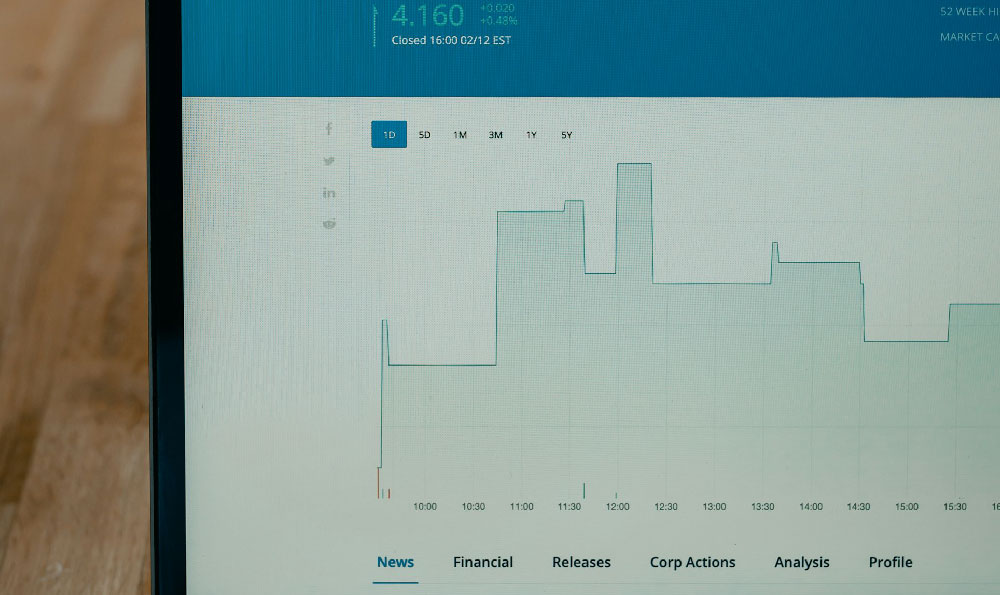The boxing industry, a captivating blend of athleticism, spectacle, and high stakes, generates substantial revenue, but pinpointing exact figures and understanding the distribution of profits requires a nuanced understanding of its complex ecosystem. The money flow stems from various sources, each contributing to the overall economic impact of the sport.
One of the most significant revenue streams is undoubtedly Pay-Per-View (PPV). Major boxing events, particularly those featuring globally recognized fighters, can generate millions, sometimes hundreds of millions, of dollars through PPV sales. The revenue split from PPV is typically structured according to pre-negotiated contracts between the promoters, the fighters, and the television networks. Star power is paramount here; fighters with established fan bases and a proven track record of delivering exciting bouts command a larger percentage of the PPV revenue. The cost of production, marketing, and distribution is factored in, and what remains is divided based on the contractual agreements.
Ticket sales also contribute significantly, especially for live events held in large arenas and stadiums. The revenue generated from ticket sales depends on the venue capacity, ticket prices (which fluctuate based on seating location and the overall demand for the event), and the appeal of the fight card. Events featuring high-profile matchups can attract thousands of fans, generating substantial revenue for the promoters and the venue owners. Often, a portion of the ticket revenue is allocated to covering operational costs, security, and logistical arrangements.

Sponsorship deals are another crucial source of income. Major boxing events attract a wide range of sponsors, from sports apparel companies and energy drink brands to automotive manufacturers and financial institutions. Sponsorship agreements can involve branding opportunities on the ring mat, fighter apparel, event banners, and promotional materials. The value of a sponsorship deal is determined by the reach of the event, the demographics of the audience, and the overall brand alignment between the sponsor and the sport. Successful fighters often secure individual endorsement deals, further adding to the revenue generated around a boxing event.
International broadcasting rights also play a pivotal role. Boxing events are broadcasted globally, with television networks and streaming platforms vying for the rights to air the fights in different regions. The value of these broadcasting rights varies depending on the market size, the popularity of boxing in the region, and the exclusivity of the rights. For instance, broadcasting rights in North America and Europe typically command higher fees compared to those in less developed markets. The increasing accessibility of streaming services has expanded the reach of boxing events, contributing to a broader audience and potentially higher broadcasting revenue.
Merchandise sales, though seemingly minor compared to PPV or broadcasting rights, contribute steadily to the overall revenue stream. The sale of t-shirts, hats, posters, and other boxing-related merchandise generates income for the promoters, the fighters, and the licensing companies. The popularity of a particular fighter or event directly impacts the demand for merchandise, and successful marketing campaigns can further boost sales.
Understanding the profit margins within the boxing industry requires acknowledging the significant expenses involved in staging a major event. Fighter purses, particularly for top-tier boxers, represent a substantial cost. These purses can range from a few thousand dollars for emerging fighters to tens of millions of dollars for established champions. Promoter fees, venue rental costs, marketing and advertising expenses, production costs, insurance premiums, and sanctioning body fees all contribute to the overall expenses.
The profit distribution is often complex and varies depending on the specific event and the contractual agreements in place. Promoters typically bear the financial risk of staging the event and, therefore, aim to generate sufficient revenue to cover all expenses and realize a profit. Fighters receive their guaranteed purses, and in some cases, a percentage of the PPV revenue. Television networks and streaming platforms earn revenue from broadcasting rights and subscription fees.
While some boxing events are highly profitable, generating millions of dollars in net income, others can result in financial losses. The success of a boxing event depends on various factors, including the appeal of the fighters, the quality of the matchups, the effectiveness of the marketing campaign, and the overall economic climate. Unexpected events, such as injuries to fighters or changes in public interest, can also impact the profitability of an event.
It’s important to note that the financial transparency of the boxing industry can be challenging. Private negotiations and complex contractual arrangements often make it difficult to obtain precise figures on revenue and profit distribution. Moreover, the independent nature of many promoters and fighters contributes to a lack of standardized reporting. While estimates and industry reports provide valuable insights, the true financial picture remains somewhat opaque.
In conclusion, the boxing industry generates revenue from a multitude of sources, including PPV sales, ticket sales, sponsorship deals, broadcasting rights, and merchandise sales. However, significant expenses are associated with staging major events, and the profitability of a particular event depends on various factors. The distribution of profits is often complex and determined by contractual agreements between the promoters, the fighters, and the television networks. While precise figures are difficult to obtain due to the industry's inherent lack of transparency, it’s clear that boxing remains a significant economic force in the world of sports and entertainment, offering the potential for substantial financial gains, albeit coupled with inherent risks and uncertainties.












